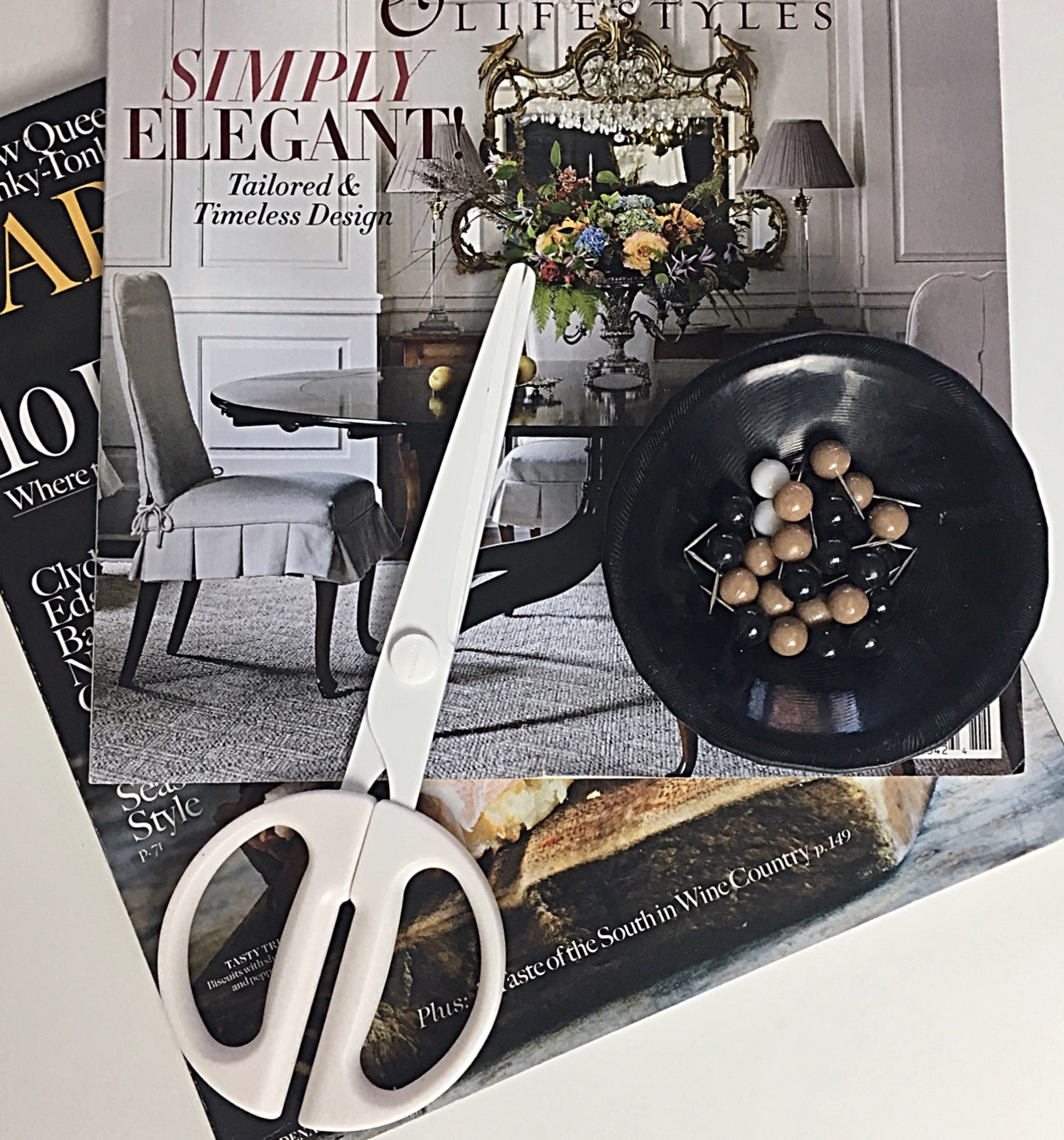Using a Vision Board to Understand Your Customers - Part II
How can a vision board help create better customer experiences and direct your branding and marketing?
Read Part I here.
If you don't understand your client, you can't create experiences that will matter - that will matter to the client and matter to your business. Here's a tool that might help.
First, this method is definitely for the visual learner (me). It is helpful for those who look for inspiration daily and need something more than black and white facts to help and guide them.
The act of creating the board forces you to think deeper about your clients.
A good vision board can become a guide and a compass.
It is hands-on and real - I love Pinterest, but it is just on a screen.
It can help you look at your products or services in a different way.
It keeps your mind on one of the most important parts of your business - your client.
How well do you really understand your client? You probably pretty much have the demographics down: female, 45-60, lives in the South, drives a BMW, kids are grown, married, etc.
But do you understand what she thinks and values and feels?
And if you do, what will it matter to your business?
Last week was about what your customers value, as this is what drives their buying decisions.
Today we are going to consider my two favorite questions in the customer experience world:
How do you want them to feel?
&
What do you want them to say?
I’m sure that I will write many posts about why this is so important, but to keep it simple, if you can answer these questions, you can create experiences that will help your customers have an emotional connection and then a relationship with you and your service or products.
“Through customer experiences, you can bring your brand to life. ”
So, let's get started:
Find something to use as a board - a piece of foam core, a bulletin board, a blank wall.
Gather magazines, brochures, websites (if you have a printer), maybe Pinterest, a pair of scissors and pushpins and/or double sided tape.
Sit down and answer these two questions above - write down your answers. If you need a jumpstart on words to use, you can download a .pdf that I put together here.
Try and find pictures of how you want them to feel and what you want them to say after they buy/use your product or service.
It's not always easy to find an image that represents feelings. But remember, you and your team are the only ones who are seeing this - if it makes sense to you, then it works.
For instance, I want my clients to feel inspired when they work with me. So, I include images of things that I find inspiring and picture of people who look inspired.
I want my clients to feel creative; so, that might be a picture of a vision board, even if it is of fashion - a vision board represents creativity to me.
5. Also look for headlines that use words or phrases. If you can't find them, type it in a cool font and increase the size and print it out.
6. Put them on the board in a way that makes sense to you. I took the thoughts from last week's post, and decided to tape the values onto the frame of the board and pin what I want her to feel/say inside of those values.
7. Keep it fluid. Change your mind? Find a better image? Change it! This is my client vision board below (note: this was June 2019,- things have changed a bit, but you get the idea) - I edit it whenever it makes sense.
Now what do you do with it?
Hang it up where you can see it when you are working. In the staff kitchen, in your office, anywhere where you can see it. (I also take a picture so that I have it on my phone when not in my office)
Ask yourself if the vision is the reality?
If not, figure out what you can do to get your customer there. Look at all touchpoints and think (or talk if you have a team) through them. So often, it is tiny, no-cost things that can affect great change in the customer experience.
This is not to say that you create a vision board and voila - you've got the customer experience figured out. But, it is a useful step to begin the process, especially if you are already visual. Happy cutting and pinning!



